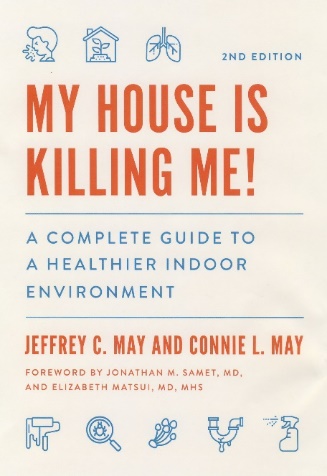Homeowner Newsletter, Fall 2023
©2023 Jeffrey C. May
In the spring we like to open up windows and “shake the dust” out of our homes. In the fall, we close up our houses and prepare for the winter months. “Spring cleaning” is a well-recognized phrase, but what about “fall cleaning”?
There are a number of cleaning tasks you could tackle this time of year to help reduce the contaminants and allergens in the indoor air that you will be inhaling throughout the winter months. Some of the surfaces we are discussing may be surfaces you have never thought of cleaning.
Clean your refrigerator. If your refrigerator drip pan contains microbial growth (mold, yeast, bacteria), byproducts of that growth can be emitted into the air when the refrigerator’s fan is running, causing allergy problems.
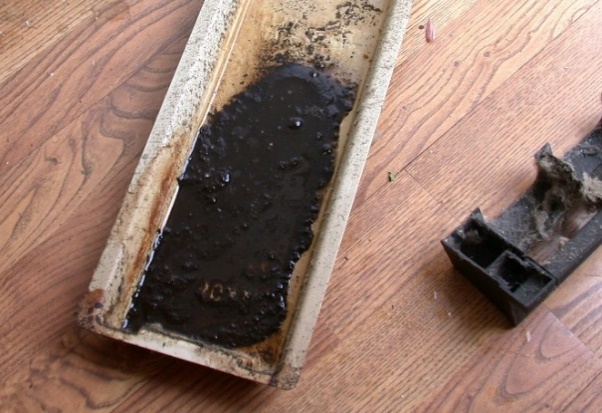
If your refrigerator is a frost-free model, look for a drip tray at the bottom behind the front grille or behind a removable panel in back (you will probably have to roll the appliance out; if it has an automatic ice maker and/or a water dispenser, be careful not to disconnect the water line). If you can’t remove the tray, clean it as best as you can while it’s in place (use any appropriate cleaning product or a dilute bleach solution – one part bleach to sixteen to eighteen parts water). If the tray is plastic (not metal), put two or three tablespoons of salt in the tray to help inhibit microbial growth. (If the tray is metal, don’t use salt.) If you have a sub-zero refrigerator, contact the manufacturer for directions on how to clean the coils and drip tray.
If you have allergies, wear a N95, two-strap mask when doing this work. You could also use a 36-inch vacuum crevice tool (usually available on line) to clean the coils. This will improve the efficiency of your refrigerator, which uses more electricity annually than almost any other appliance you own.
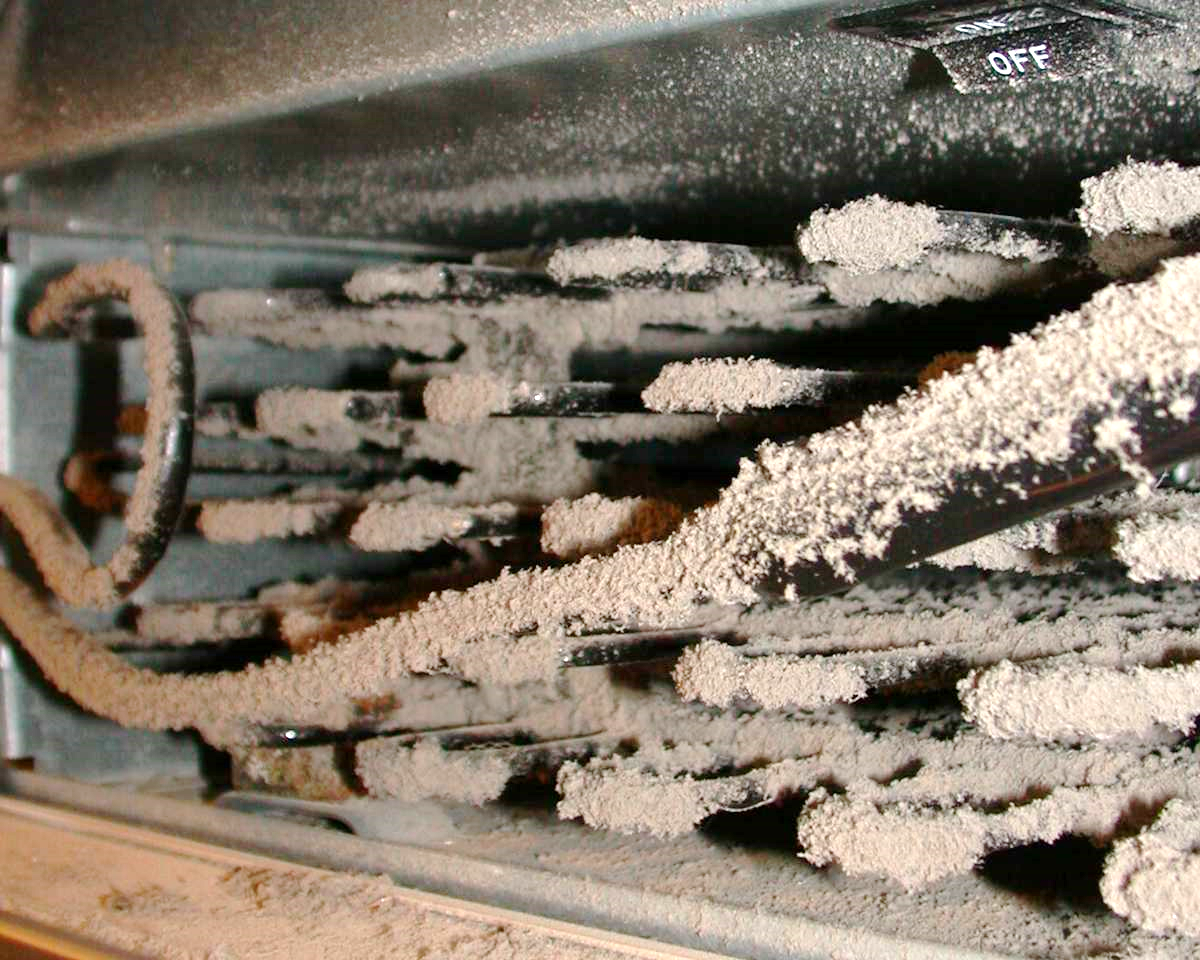
And while you’re at it, you could clean the top, bottom, sides, and back of the appliance. (Again, be careful not to damage or disconnect the water line for an automatic icemaker.) You can also clean out the alcove in which the refrigerator sits.
Clean kitchen-cabinet kick spaces. People don’t think about these surfaces, but they collect food bits that can become moldy when dampened by splash from the kitchen sink, by water from floor mopping, or by spilled foods. HEPA vacuum out the space; to wipe surfaces, use any appropriate cleaning product you can tolerate.
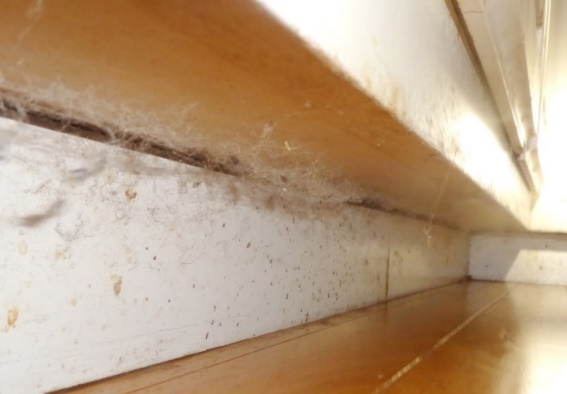
Use the right vacuum. We recommend vacuum cleaners that have HEPA filtration and that contain a bag (we use a Miele HEPA vacuum). If you hire outside cleaners, insist that they use your vacuum and not their own, because conventional vacuums emit particulates in the exhaust stream. Then allergens like mold spores and pet-dander particles vacuumed up in another house could be emitted into the air in your home. If you have a whole-house vacuum system, make sure that the vacuum exhausts to the exterior and that the canister is not leaking dust, especially if the canister is located in your basement. Always empty the canister outdoors. If you have a HEPA vacuum with a canister rather than a bag, empty that canister outside as well. In either case, if you have dust allergies, wear a mask.
Clean hot-water baseboard heating convectors. Before turning your heat on for the first time this fall, clean the covers of your hot-water baseboard convectors. If you’ve never cleaned the fins, consider removing the covers and HEPA vacuuming the tops, bottoms, and sides of the fins (but do not bend the fins). If there is dust trapped between the fins, you can spray them with water and clean them with a soft brush. Alternatively, you can blast them with steam vapor from a vapor-steam machine (follow manufacturer’s directions for safe use of this equipment). In either case, you can put the covers under the fins and place rags or old towels over the covers to catch the grime and protect the flooring. Clean the top and bottom surfaces of the covers before reinstalling them. Once baseboard convectors have been cleaned in this way, you need only HEPA vacuum the tops of the covers at the start of the heating season.
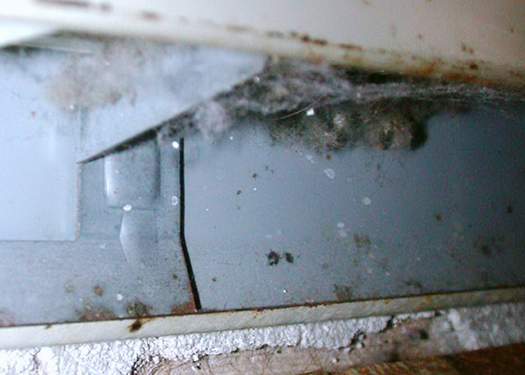
Clean radiator surfaces. If you have radiators instead of heating convectors, HEPA vacuum radiator surfaces. A 36-inch vacuum crevice tool could be helpful for this task. If the radiators have covers, remove the covers and damp wipe top and bottom cover surfaces.
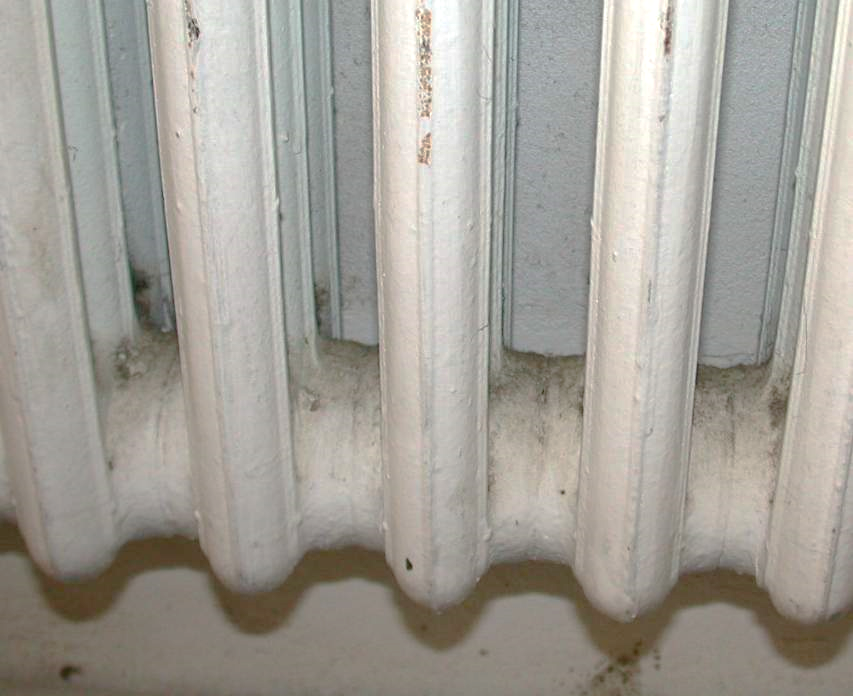
Check your hot-air ducts: If you haven’t had your ducts cleaned in over 5 years, now is a good time to have them checked and cleaned as needed, including the boots (the spaces directly under the registers). Have your furnace checked, too, to see if it needs to be cleaned. See if the filter needs to be replaced. (I recommend pleated media filters with a MERV rating of an 8 or even an 11 for families with allergies, asthma, or other environmental sensitivities.)
Move some furniture? While you’re cleaning, check to be sure that furnishings aren’t positioned in front of radiators or baseboard heating convertors, or placed over hot-air supply registers or return grilles. Doing so can block the even flow of air and result in increased energy costs as you turn up your thermostat to keep warm. Nothing combustible should be in contact with electric baseboard convectors, which can get very hot.
The basement family room may not be healthy for your family. In these dark, cold afternoons, it may be tempting to send your young children down into the basement playroom. If the space smells musty, your children shouldn’t be down there. Mold growth is a common problem in basements, whether finished or unfinished. Have the space professionally inspected and remediated under containment as needed.
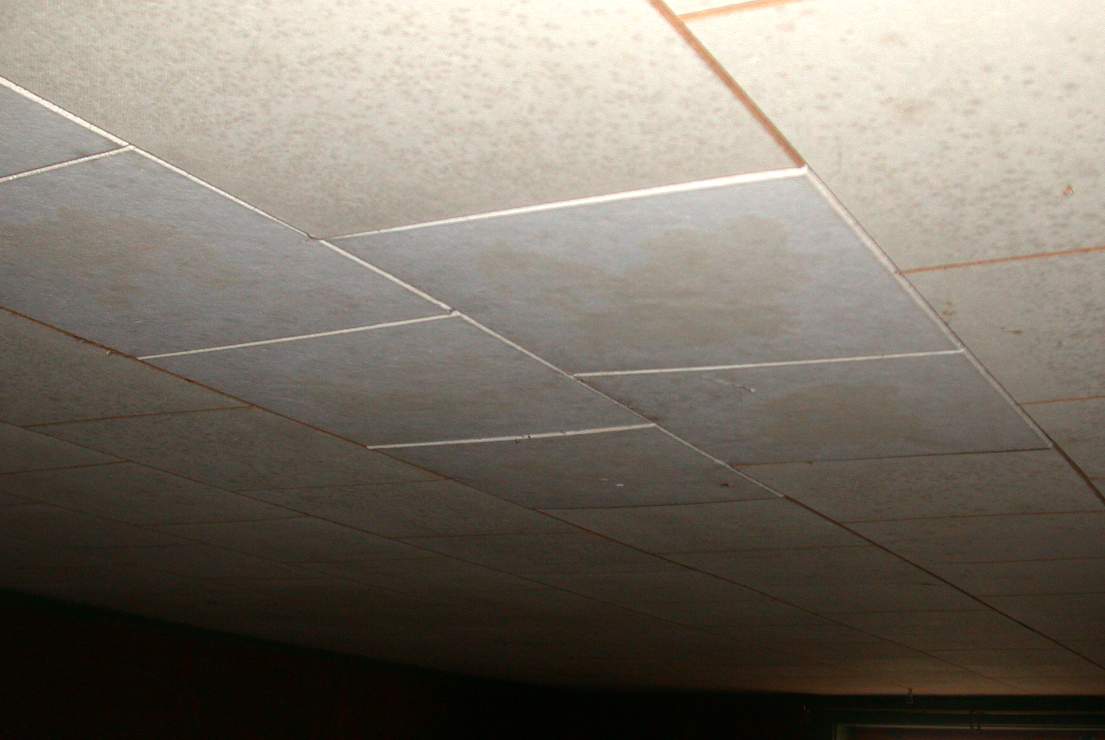
To avoid mold problems in a finished basement, you must consistently heat the space(s) from late fall to early spring, even if you aren’t using your finished basement. Set the thermostat at a minimum of 60oF. Measure the relative humidity (RH) with several thermo-hygrometers, placed at or near the floor in exterior corners (corners that face the exterior). If the RH rises above 60%, increase the heat as needed.
Dust the backs, bottoms, fronts, and legs of furniture. It’s surprising how much dust can collect on a surface. As I often tell my clients, “dust is the devil” when it comes to allergies and asthma. For those of us who live in a four-season environment, spring and fall offer us wonderful opportunities to do some deep cleaning where we live and work and thus improve the quality of our indoor air.
Our latest book, Edition 2 of My House is Killing Me, was published in December 2020 and is available on line.
Photographs are the property of May Indoor Air Investigations LLC and cannot be used without permission. jeff@mayindoorair.com
Go to the “Library” page of our website (www.mayindoorair.com) to see two other new newsletters for our clients: “Back to School: What About Indoor Air Quality?” and “Penny Wise and Pound Foolish.”

